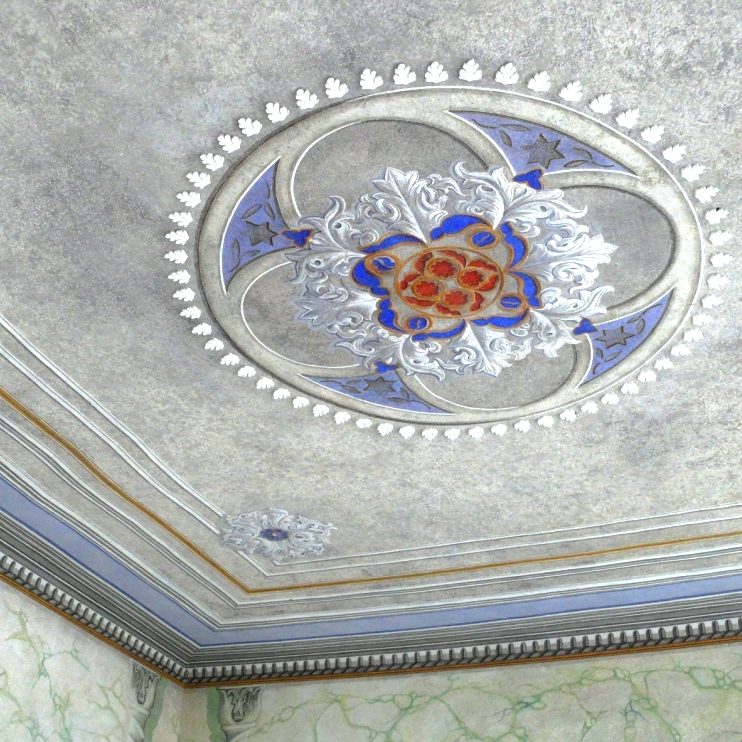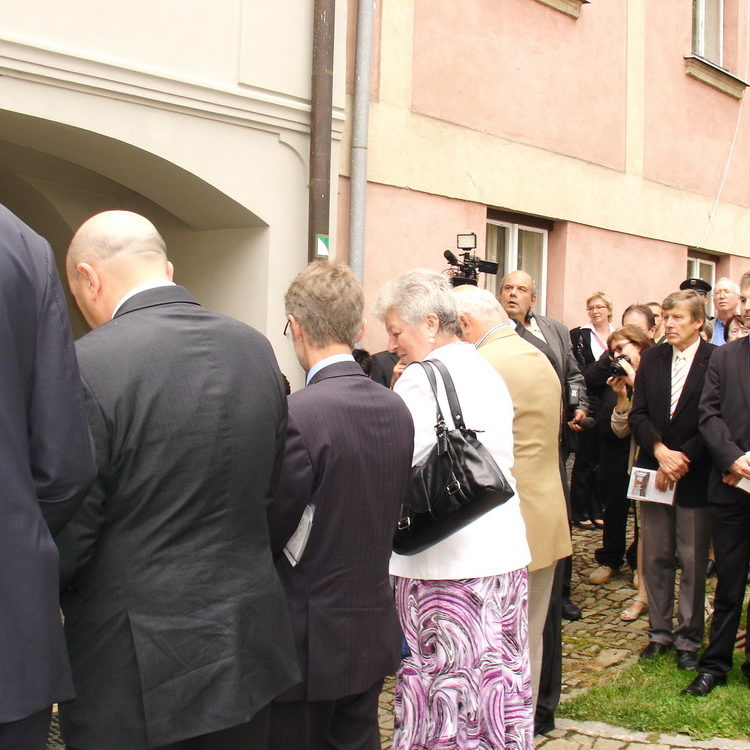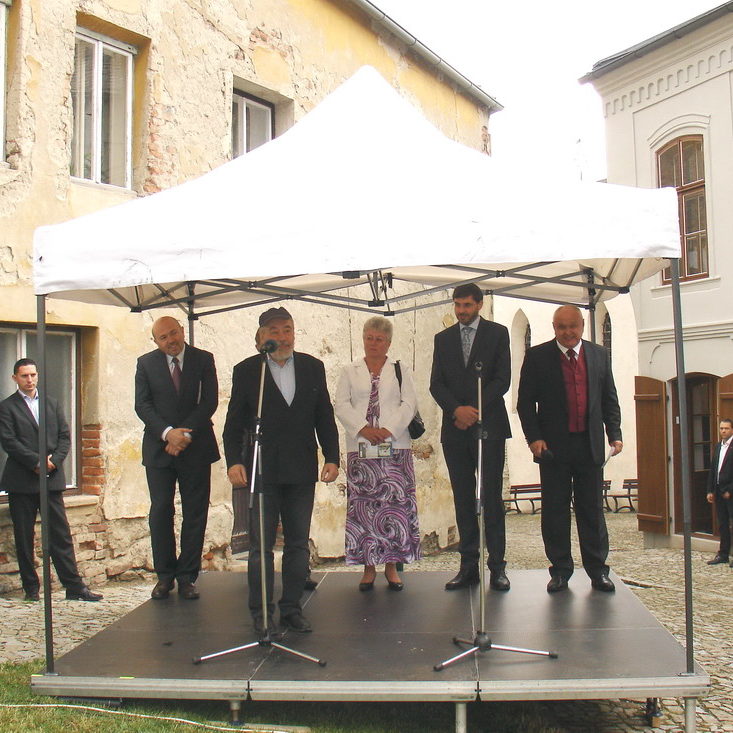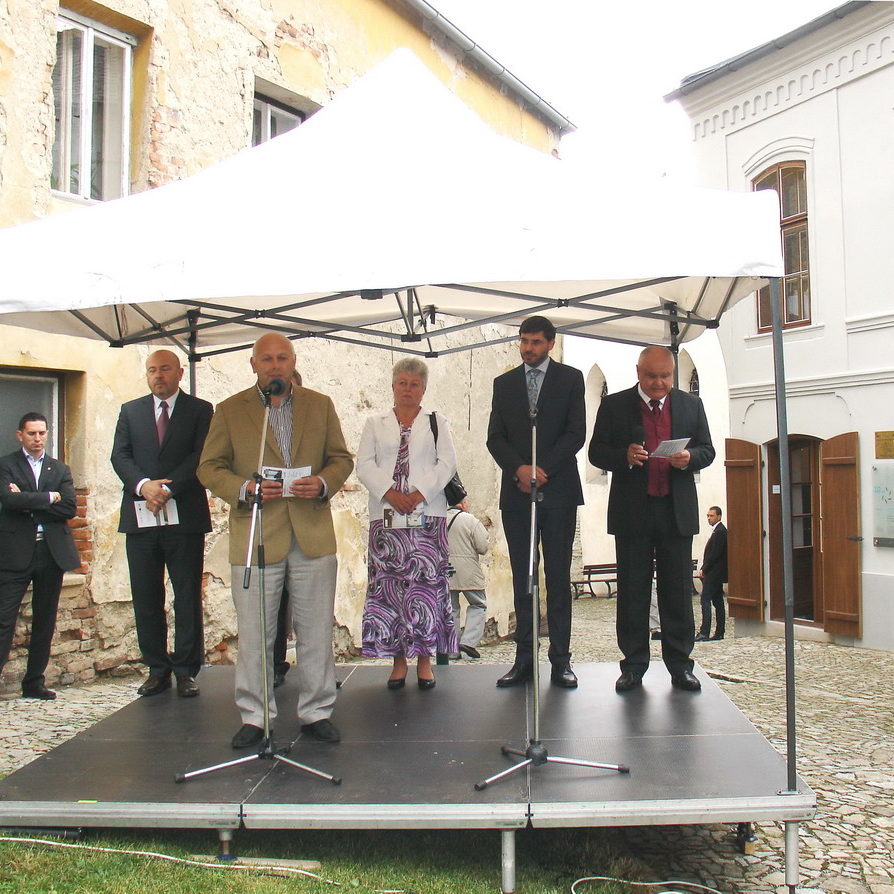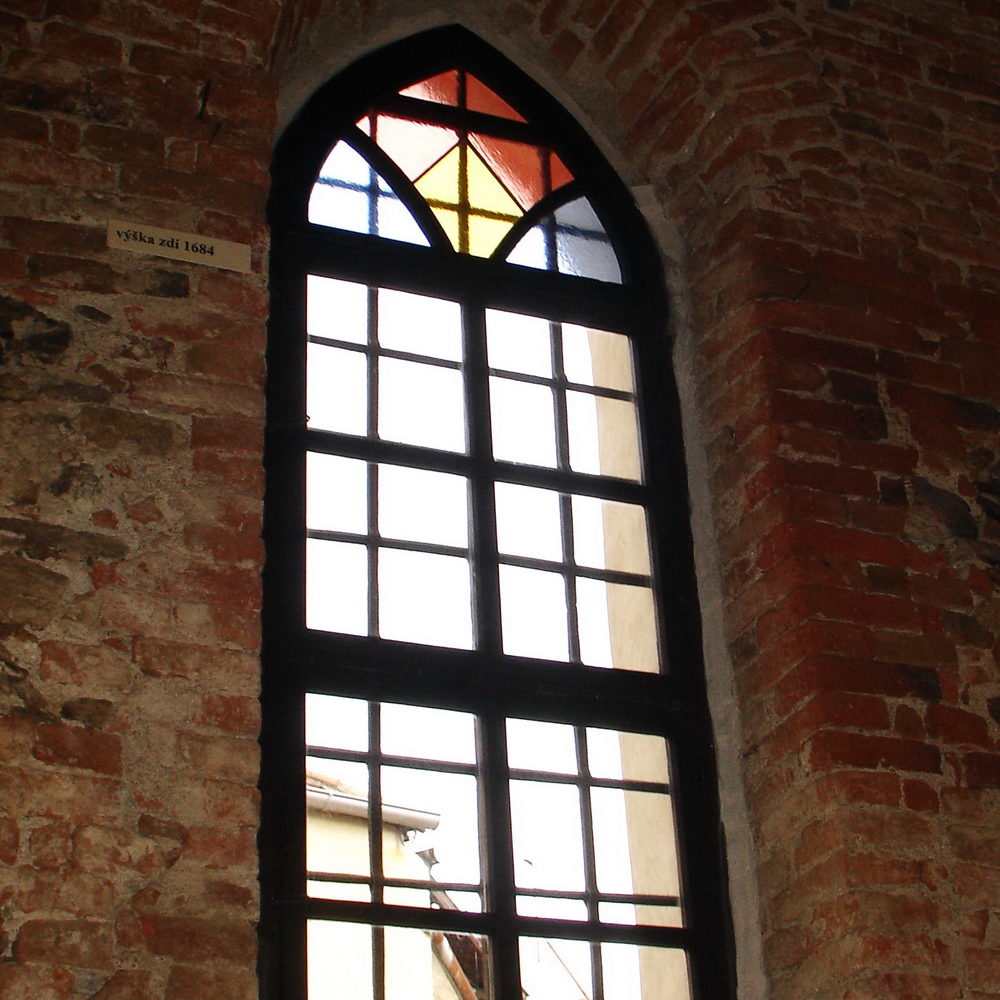House of the rabbi and synagogue, Polná near Jihlava, Czech Republic

| Address: | Regionální židovské muzeum – synagoga, Karlovo náměstí 540, 588 13 Polná |
|---|---|
| Description of work: | Restoration work |
| Investor: | 10 stars – Revitalization of Jewish monuments in the Czech Republic |
| Contractor: | GEMA ART GROUP a.s. |
| Implementation: | 2011 – 2014 |
The Jewish settlement in Polná in the district of Jihlava was the home of one of the most important Jewish communities in the territory of the Czech Republic. The local Jewish Ghetto had its origins in the 16th century and remains one of the best preserved in the whole of the Moravian Uplands. The ghetto had its own synagogue and a nearby house of the rabbi and both of these buildings were included in “The Revitalization of Jewish Monuments” project.
GEMA ART GROUP a.s. was responsible for all the professional building and restoration work.
The synagogue was built in 1683 and underwent alterations during the 19th century. It functioned as a place of worship for the local Jewish community until 1941, when it was taken over by the Nazis. The Germans used the building as a warehouse for seized Jewish property and even had plans for converting it into a “Museum of the Extinct Race”. After the end of World War II the synagogue served as storage space for painting materials and fertilizers. Towards the end of the 1960s the roof caved in, the building became dilapidated and its demolition was under consideration. The demolition plans were abandoned after the 1989 revolution and the synagogue was returned to the Jewish community. Extensive reconstruction between the years 1996 and 2000 restored the building to its original form and in 2000 it became the Regional Jewish Museum with a permanent exhibition about local Jewish history and culture. Dampness continued to be a problem and its treatment were the main task of this work. Ornamental features of the interior and to a degree also the exterior, such as parapets and portals needed expert attention. A new Aron ha-kodesh (a receptacle for the Torah) and a new tablet with the Ten Commandments were installed in the synagogue. Before the current renovations within the “The Revitalization of Jewish Monuments” project, these items were moved here from the winter prayer room in the house of the rabbi. They were now returned to that room and the synagogue had brand new ones, based on the study of historic photographs from the 18th century. Both the aron ha-kodesh and the Ten Commandments tablet were made from lime wood by specialist craftsmen. The design of the former has also been inspired by the aron ha-kodesh from the synagogue in Golčův Jeníkov, which dates back to the same time.
The house of the rabbi was also reconstructed. Unsuitable past repairs were removed and the house was returned to its original appearance. Its premises were converted into exhibition spaces. Before the work can start on the façade of the house, a restoration survey of the plastering has to be carried out as well as laboratory analysis of salt occurrence in the masonry and the plaster. The results of both were determine the selection of the best restoration techniques. The restoration was also involve carpentry, plumbing and metal work. The ritual Jewish bath, or mikveh, located in the cellar of the house, was also be returned to its original appearance. The north end of the house was rebuilt to show the original look of the rabbi’s office. The south part of the house was offer visitors a permanent exhibition dedicated to the so-called “Hilsner affair”. The body of a murdered young girl called Anežka Hrůzová was found in the nearby village of Polná before the Easter of 1899 and despite the lack of sufficient evidence a local Jewish youth Leopold Hilsner was blamed for the crime. The authorities and the society at large, permeated by Anti-Semitic sentiments, accused and convicted Hilsner of ritual Jewish murder. Among those who protested against the unsafe verdict was then a university lecturer and future first president of Czechoslovakia Tomáš Garrigue Masaryk. The exhibition is revisit the whole case and examine the rise of Czech Anti-Semitism at that time. All building and restoration work were completed in 2014.
OPENING OF SYNAGOGUE – 25. 6. 2014:




